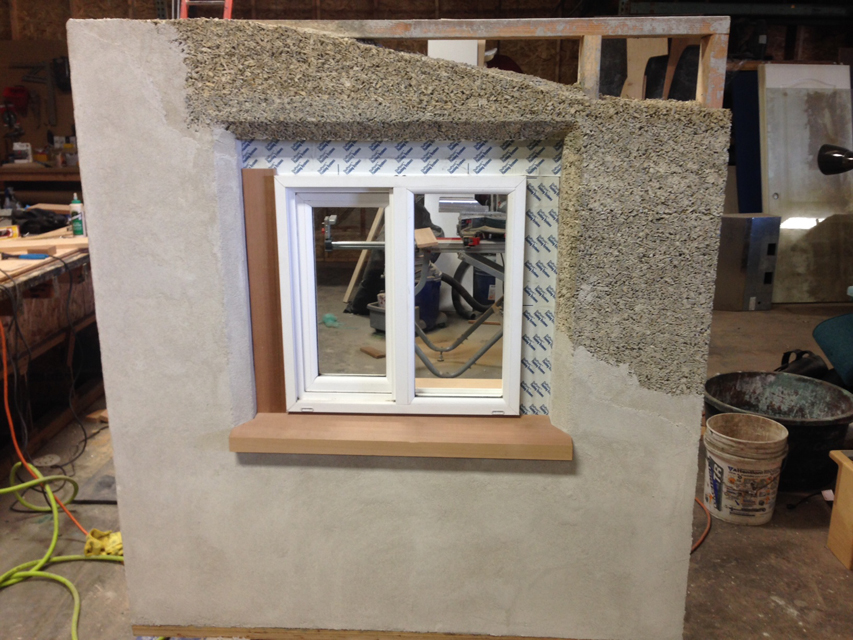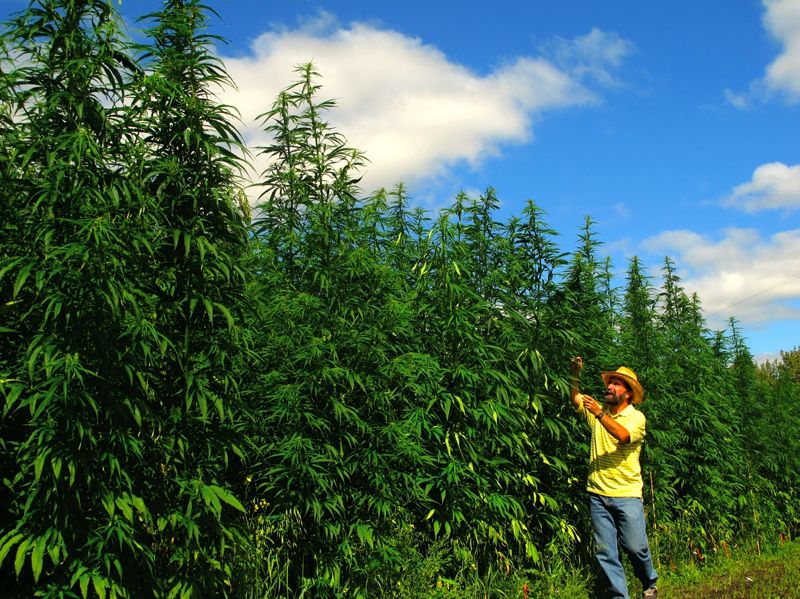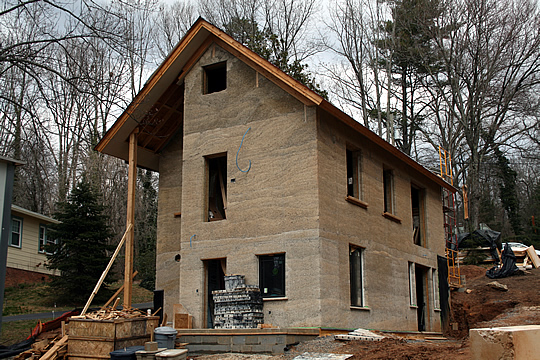Cannabis culture is in a frenzy, as many finish celebrating their favorite time of the year, the endless amount of related festivals and rallies come to an end, but the fight for legalization in the states continues. Many speculate that by the end of 2016 there could be almost 30 states that have some form of marijuana law for either medicinal or recreational use.
Texas lawmakers have attempted to push a bill in the House that would bring legislation to the biggest state in the union, as activist push in Arizona, California, South Carolina and Hawaii to add recreational uses to their ballots.
With over 20 states currently allowing medicinal use, with more states to join this year, the numbers show an overwhelming amount of Americans believe marijuana should be legal but lost in all the smoke surrounding marijuana use is a trillion dollar industry.
It has long been noted by cannabis enthusiasts Thomas Jefferson and George Washington wrote extensively about their love for the plant, “Hemp is of first necessity to the wealth and protection of the country,” said Jefferson. Benjamin Franklin owned a mill that printed hemp paper that subsequently the Declaration of Independence was written on, for its durability and preservation.
Hemp is marijuana’s non-psychotropic cousin, because it contains only trace elements of THC. So the untrained eye could hardly distinguish the difference in the two plants, as hemp can grow in almost any climate or conditions.
Perhaps their biggest reason for the affection towards hemp are because of all the practical uses for it. The U.S. Congressional Research Service published a paper stating the over 25,000 textiles that can be produced from it. Many have speculated over the years that is the very reason cannabis as a whole has been illegal for over 50 years in the United States.
As people rally for the consumption of marijuana, let’s not forget that hemp production is a trillion dollar industry waiting to be re-connected to the American people who desperately need it.
Hemp-fiber is longer and stronger than cotton. It can produce three to eight dry tons of fiber per acre, four times the amount of trees grown in the same amount of space. It can be made to build, cloth and feed people around the country so the real question is why isn’t everyone rallying for a hemp production facility in the U.S.?
Colorado has already approved over 2000 acres of land for industrial hemp this season as we previously reported but the closest place to turn industrial hemp into usable fibers is in a hemp production facility in Canada. Our neighbors to the north just announced that in 2017 they will be pushing for marijuana legalization in a country that has been producing hemp since 1998.
In 2010 the Canadian government invested almost a million dollars into different hemp related industries like the Canadian Hemp Trade Alliance (CHTA) exporting seed, fiber and oils grossing almost $10 million dollars. Most of those exports were sold to the U.S.
Basically Canada took 38,000 acres totaling one-sixteenth the size of Rhode Island and created over $10 million dollars in exports in one year selling hemp to America alone. These are the revenues and resources we are missing out on.
Textiles like Hempcrete, a mixture of lime and hemp fiber, can be used to build high-quality homes which USA Today called “the cutting edge of green building.” Due to Hempcrete’s absorption of carbon-dioxide, which releases nitrogen into the soil reducing toxicity, it is good for the environment. And despite the increase in cost for hemp materials, due to the need to import, less lumber is needed when building a hemp home because of the strength of the fibers. It also acts as a natural insulator making it more energy efficient.
The list of products that can be created from hemp is exhausting, from cooking oil, to clothing, to plastic, and companies around the world have been using it in their products for years. Giorgio Armani in their clothing, BMW in their door panels of their new electric car model, Burberry, Ralph Lauren and more are selling products with hemp infused materials.
So while the headlines might be smoke filled civic centers, and concert goers roasting huge blunts, hemp production quietly waits for the advocates to get behind it. Heavyweights of the industry like Snoop Dogg, Method Man and Redman, Cypress Hill and Wiz Khalifa have become the faces of the Cannabis culture, all with products and endorsements from marijuana related products, hemp awaits names of the same stature to get on it’s bandwagon.
As a nation we collectively push for the decriminalization of marijuana, let’s not forget that we have the ability to clothe, and feed, the epic amount of homeless, rebuild areas affected by natural disasters and create revenue to get America out of debt at our fingertips. Hemp should be the backbone to build this new world with and needs to be included in the rally cry for cannabis in legislation around the country.


